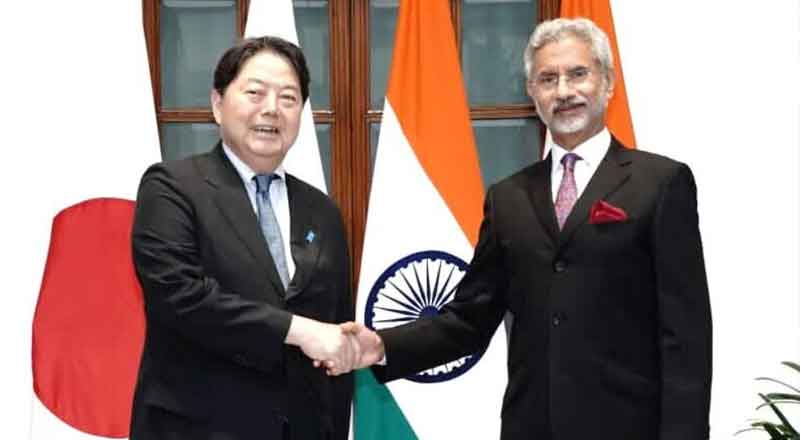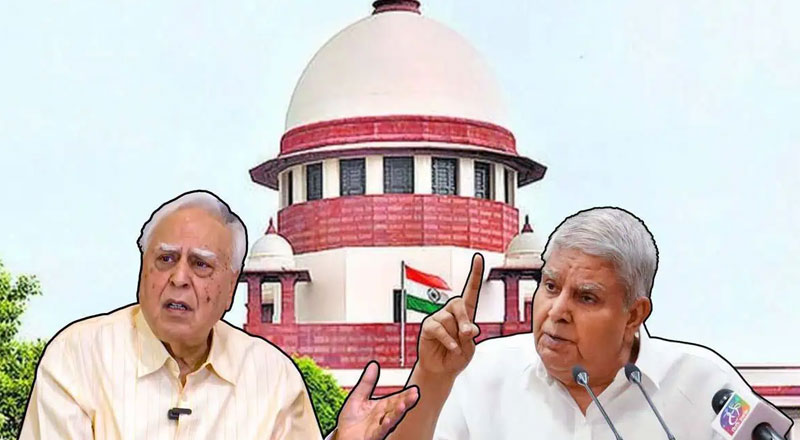- India and Japan have discussed collaboration in areas such as semiconductors, and supply chains, aiming for $35.9bn Japanese investment in India by 2027.
- The talks also focused on enhancing cooperation in defence equipment and technology.
- As part of their discussions, they explored cooperation within multilateral and plurilateral frameworks, which included the Quad grouping involving the United States and Australia.
- Earlier India and Japan signed a MoU on semiconductor development, which includes design, manufacturing, equipment research, and talent development.
- India and Japan have a robust economic relationship, with trade between the two nations amounting to $20.57 billion in the fiscal year 2021-2022.
Indian and Japanese officials held discussions in New Delhi, exploring potential collaboration in crucial areas such as semiconductors and establishing robust supply chains. The talks aimed at achieving a target of $35.9 billion in Japanese investment in India by 2027.
During the meeting, the Foreign Ministers of both countries, S. Jaishankar and Yoshimasa Hayashi, also deliberated on enhancing cooperation in defence equipment and technology. The global supply of components and raw materials required for various products, ranging from automobiles to computer chips, has been severely impacted by Russia’s conflict in Ukraine.
As part of their discussions, they explored cooperation within multilateral and plurilateral frameworks, which included the Quad grouping involving the United States and Australia. The main objective of this coalition is to address the increasing challenges presented by China’s assertive actions in the region.
Jaishankar and Hayashi expressed contentment over the enhancement of defence and security cooperation between India and Japan, which included frequent exercises and dialogues involving all three services, as per the statement.
Earlier on July 21, India and Japan signed a memorandum of understanding (MoU) on semiconductor development, which will include design, manufacturing, equipment research, and talent development. Union Minister Ashwini Vaishnaw said that the agreement as a substantial step to create a resilient complete value chain. He added that the agreements such as the US-India initiative on Critical and Emerging Technology (iCET) and the one with Japan provided clear directional support when industries from the respective nations engage in talks. The government’s strategy is now evidently focused on supporting industries in India, whether collaborating with the US or Japan, he said.
The Japan MoU follows investments from Micron Technology which recently announced to set up a semiconductor unit in India with an investment of $2.75 billion and Applied Materials which is going to set up a collaborative R&D Centre with an investment of $400 million. In February of the previous year, the two companies made a public announcement about their collaborative effort to establish a joint venture in India aimed at manufacturing chips and display panels.
India has placed significant emphasis on developing a robust chipmaking sector as part of its self-reliance strategy to ensure stable supply chains. To support semiconductor and display manufacturing projects, the country has introduced financial incentives of up to 50% of the project costs, totaling $10 billion.
India and Japan have a robust economic relationship, with trade between the two nations amounting to $20.57 billion in the fiscal year 2021-2022.
(With inputs from agencies)





